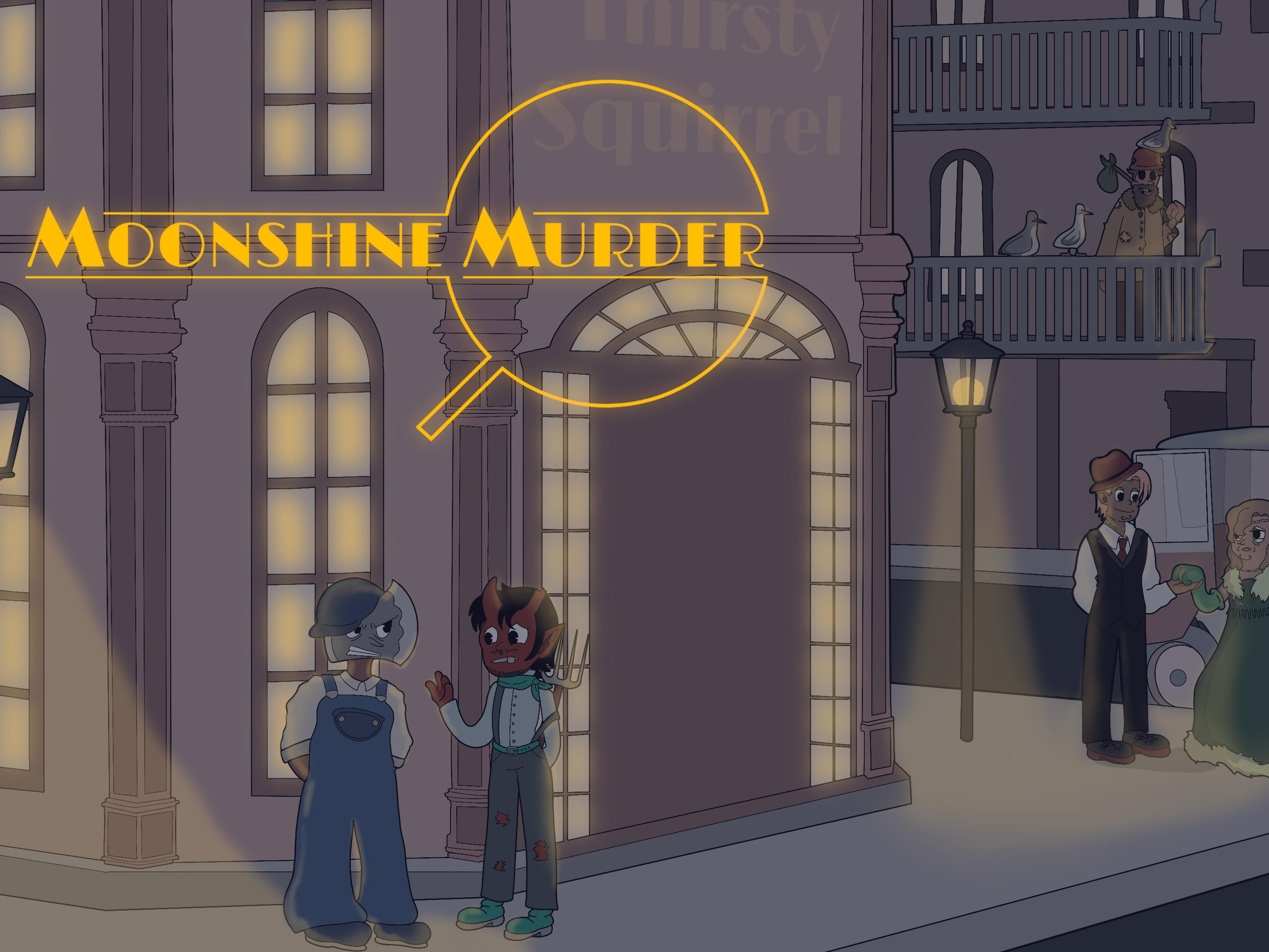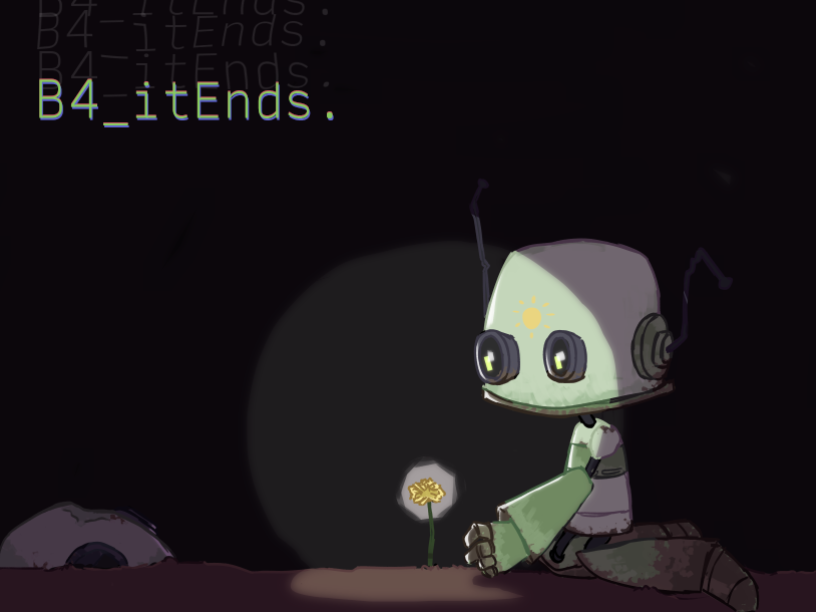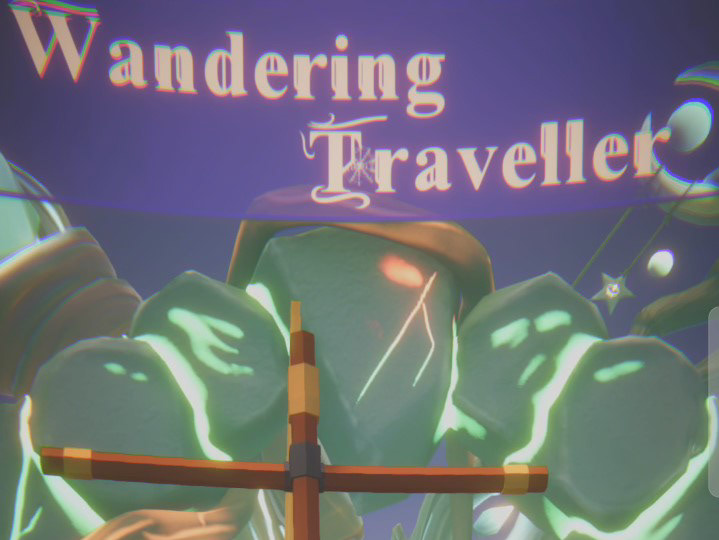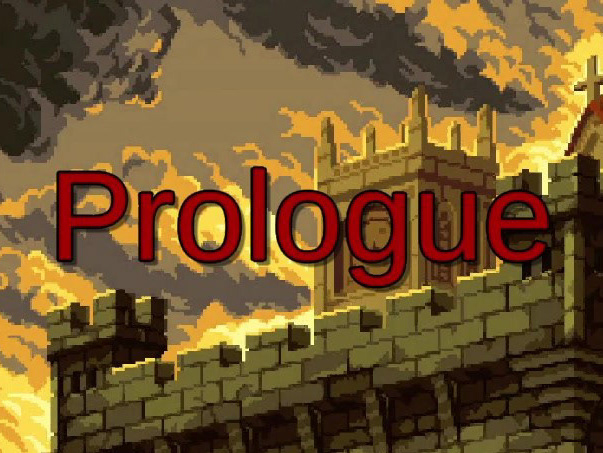Liberty Express is a narrative FPS where you follow the escape of Jack "the Revolver" aboard a train besieged on all sides by the Sheriff's police drones. All aboard the train to freedom!
This project is a First Person Shooter made during my second year of game programming studies at IIM.
It's the result of one month's work by a team of eight people :
- 2 game programmers
- 3 game artists
- 2 game designers
- 1 producer
You want to try Liberty Express ?
My Contribution
For this project, on the programming side, we decided to really focus on the quality of the mechanics developed, in order to offer a real game experience.
As a result, I worked on the following game mechanics, as well as numerous game feel and juiciness elements.
Drones AI
I programmed the behaviour of the game's enemies: the drones.
To manage the changes in the drones' behaviour, I mainly used the systems built into Unreal Engine, such as the behaviour tree, blackboard and even sensory systems such as sight.
This allows me to easily assign certain behaviours to certain conditions (for example, depending on what my drone sees, its distance from the player and its remaining life).
Drones can attack, die, move freely in 3D space (see below), etc. And all these mechanics come with their own polish elements, such as using physics and a tilted effect when the drones move, ragdoll when they die, etc.
Dynamic 3D Pathfinding
One of the main difficulties with the drones was getting them to move freely in 3D space.
Unreal Engine has a pathfinding system (NavMesh) for 2D projected spaces, but we weren't happy with what it allowed for 3D pathfinding because we would have had to predefine the paths ourselves and that wouldn't have diversified their movements enough.
To get past this I started with a slightly modified plugin that lets you create paths (even in game) in 3D space using an octree combined with an A* algorithm. To avoid this being too resource-intensive, I had to slightly modify the pathfinding parameters.
Furthermore, as it doesn't take into account the movement of objects, I then had to manage the movement of the drones based on the paths found.
Finally, I added a system to prevent the game from soft-locking if a drone got stuck, so that it could still find its destination.
Juiciness and Game feel's Elements
As mentioned above, I worked a lot on game feel and juiciness elements.
For example, I've simplified all model collisions in the game, disabling their original collisions and replacing them with collisions using simple shapes. This not only makes the player's movements more pleasant, but also prevents him from getting stuck.
This also includes drone movement, which uses the Unreal Engine physics system to make it more fluid. Drones also have different effects when they die, in addition to randomly changing sounds to make their destruction more satisfying.
Camera shake has also been added to enhance the effects of some sequences (train destruction, etc.)...
Background Parallax
Another difficulty was the making of the moving train.
In reality, the train doesn't move at all !
This would have meant more difficult management of the elements inside, drone pathfinding, player movement and collisions.
To avoid this, I decided instead to move the scenery in the opposite direction and “generate” it procedurally, to give the impression that the train is moving forward and traveling through several landscapes. These sceneries are created at start-up and change according to the current phase of the game (desert, city, tunnel).
They are then included in a loop that returns them to the start when part of a scenery reaches the end of its journey.
These techniques avoid the need to generate too many 3D models, and make the game run more smoothly.
Game Phase and Waves
To simplify the flow of the game, I've made a system that saves the current state of the game.
One of the systems that depends on this is the wave system. I've made it easy for game designers to customize.
They can choose the spawn points for each phase, the number of enemies in each phase, the speed at which they appear, ...
Level Sequences
One of the main points of the game are the numerous highlights of the chase, such as the gradual destruction of the train, or even the transitions between the black and white portals.
To achieve this, I had to create a system to properly record the different phases of the game and trigger events.
I then worked with one of the artists to realize these sequences and implement them correctly in the game.
To do this, we used Level Sequences integrated directly into Unreal Engine, enabling us to animate certain elements during the game at certain times.
We then had to trigger these Level Sequences, and modify the train's collisions and visuals at the right moments.
Sound System
I also did the sound system for the game's elements. The aim here was to create a sound ambiance as rich as possible.
To achieve this, I used MetaSound, which is integrated into Unreal Engine.
This made it easier to increase the richness of the game's sound by giving a random modifier to the pitch of certain sounds, to simplify the randomness when certain sounds are played, and also to spatialize sounds such as drone engines.
I then created a SoundManager system to group sound parameters into a Blueprint and add sound effects such as fade in / fade out.
Finally, I used Unreal Engine's audio mix to create several Sound Classes and simplify the modification of the sound volume of the different classes in the settings.






